If you want to add an excellent free-ranging chicken to your flock, consider the Cream Legbar. This cute, unique chicken is an excellent egg layer, with each hen producing 250 or more eggs per year under optimal conditions. Overall, this is a small and low maintenance chicken, making it a welcome addition to many flocks.
History of the Cream Legbar Chicken
The Cream Legbar Chicken was introduced to the world of poultry producers at a London expo in 1947. Within ten years the chicken received a written description by the Poultry Club of Britain.
The addition of this new breed resulted from experimentation by Professors R.C. Punnett and Michael Pease with the Chilean Auracana Chicken. These were crossed with Danish Brown Leghorns and Gold Leghorns, selecting qualities such as cream color, crest, and blue egg production.
Most important was the trait of auto-sexing in chicks. The Cream Legbar was just the second breed to hold this trait and is currently the oldest in existence. Its predecessor, the Cambar, just couldn’t compete with the egg production of the Cream Legbar and is now extinct.
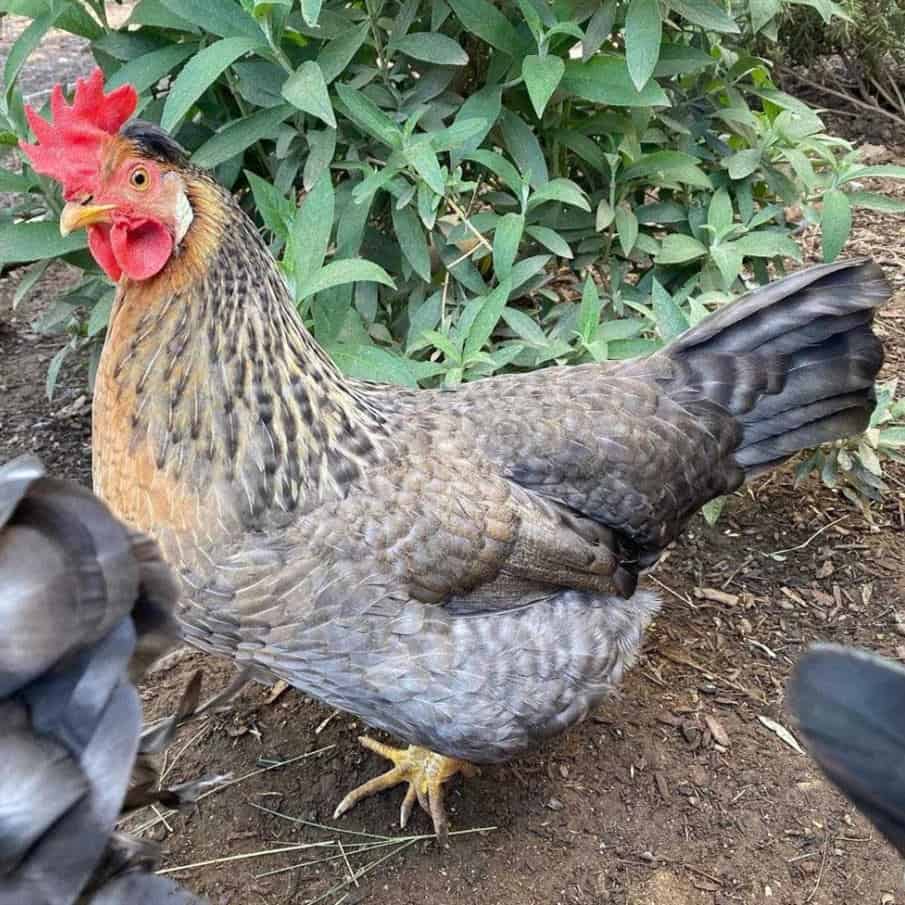
The resulting bird met a need in the British system for a free-range chicken with high egg-laying capacity. Within a few decades, the eggs of the Cream Legbar Chicken became the gold standard for gourmet eggs within Britain.
Their beautiful pastel blue sets them apart from other chicken eggs. Over time several subsets of the original breed developed. Today some of the finest eggs produced in Britain are sold under the name of the Cotswold Legbar, a direct descendant of the Cream Legbar Chicken.
If the Cream Legbar Chicken has an official history of more than seventy years in Britain, its appearance on the American scene is much shorter. However, the same benefits that the Brits found in this chicken breed point toward a bright future on American farms.
Canadian farmers also discovered this chicken around the same time, in 2012. While providers of pullets are still limited within the U.S. and Canada, this breed is quickly proving to be a valuable asset, especially in the free-range environment.
Cream Legbar Standards and Appearance
The Cream Legbar Chicken has a particular set of standards to meet. For hens the principal characteristics are:
- Stout, yellow beak, slightly curved with the point in front of the comb.
- Cream coloring in the head, chest and neck
- Silver-gray coloring in the under-color of all sections
- A single bright red large comb with six points and the first point erect.
- Moderately long feathers close to the body.
In the males, the comb should follow the line of the head well over the back of it. It should be free of twists and other irregular markings. Of course, these standards are for judging perfect specimens so you may have a perfectly good chicken that does not meet the standard of perfection.
The standard weights for hens and pullets are 5.5 and 4.5 lbs, respectively, with the cock and cockerel weighing in at seven and six pounds.
One of the best features of this breed is that they are auto-sexing from the time they hatch. This practical advantage makes the Cream Legbar one of the absolute best breeds moving forward.
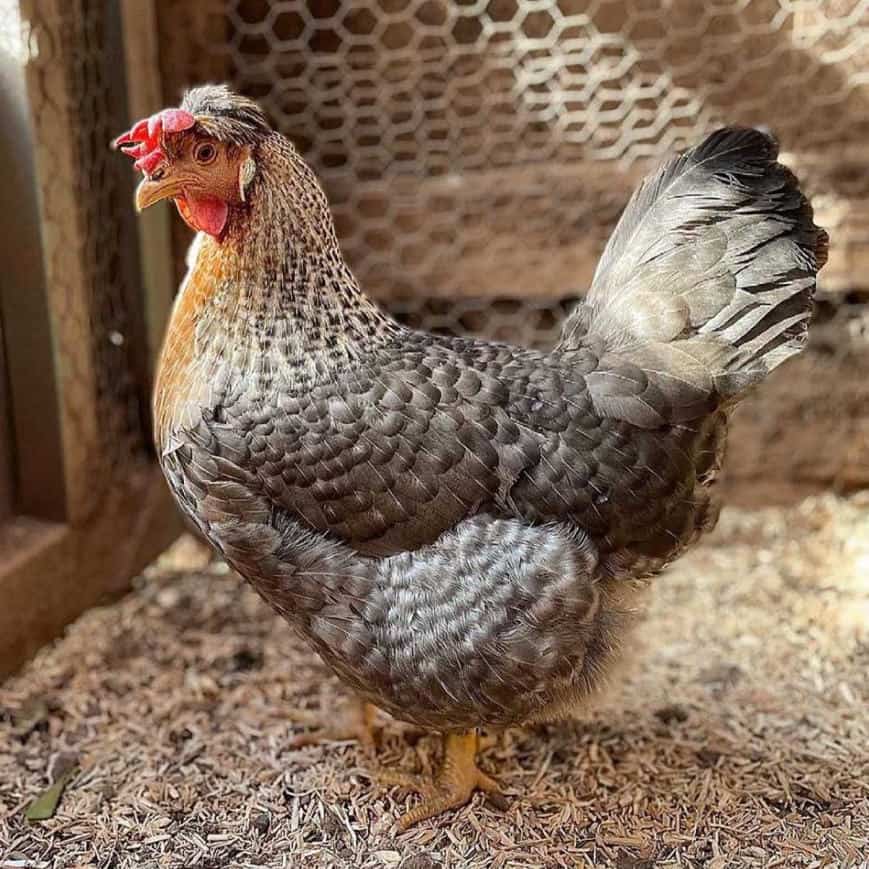
Personality and Temperament
The Cream Legbar Chicken is a free-range breed, so they need to be alert and responsive to dangers. While this means they are not the friendliest breed in the coop, it does give them a curious nature that makes them a lot of fun to have around.
They are expert foragers and quickly pick over yards for insects and other food sources. With such an alert profile, it’s no surprise that the roosters can get aggressive, especially during peak mating times.
The Leghorn heritage contributes to what makes this breed so desirable. The hens tend not to get broody, so they keep their egg production up over time.
So in addition to their strong foraging skills, this hearty and strong breed has low maintenance needs and can be self-sufficient much of the time. Of course, their fun personalities will grow on you and make you look forward to chore time.
Cream Legbar Egg Production
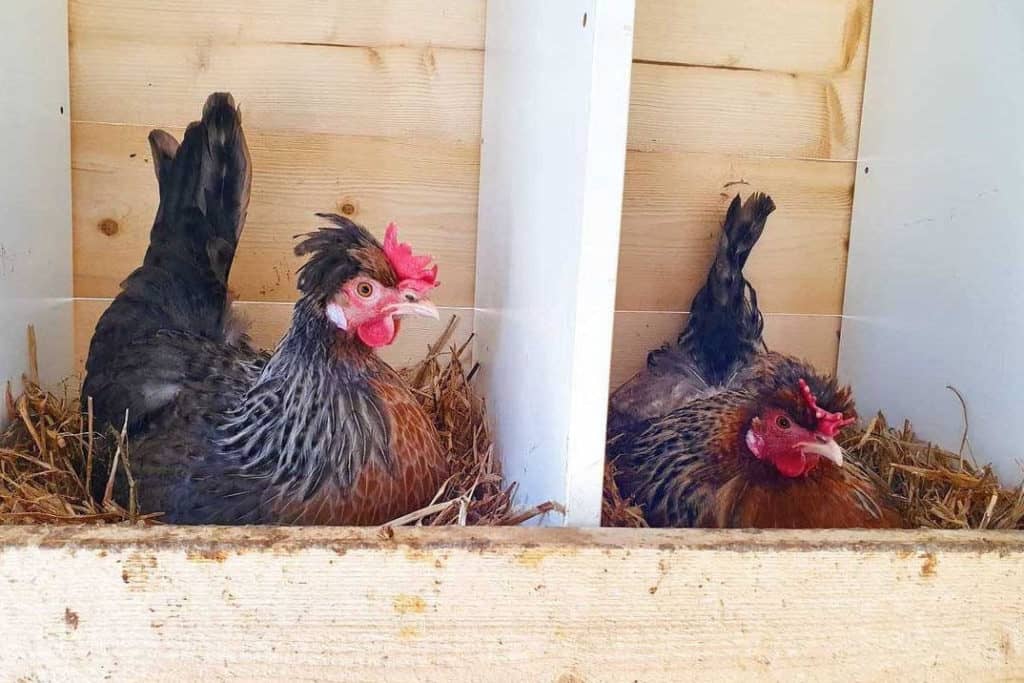
One of the great joys of adding the Cream Legbar Chicken to your flock is collecting their eggs. Given their cross-breeding with Araucanas, they share this breed’s blue egg coloring.
Eggs can also be light green. These unique colorings can really give an advantage to your flock, especially as a sales tool if you are the only producer locally.
You don’t only get pretty pastel eggs from the Cream Legbar. Their eggs are big, especially considering the size of the hen. An average dozen weighs around 25 oz., classifying these eggs as “large” by USDA standards.
If size beats expectations, quantity does so too. As mentioned before, under perfect conditions hens can lay an average of 260 eggs per year. You can expect between 180-200 eggs per year from an average layer.
Health and Maintenance
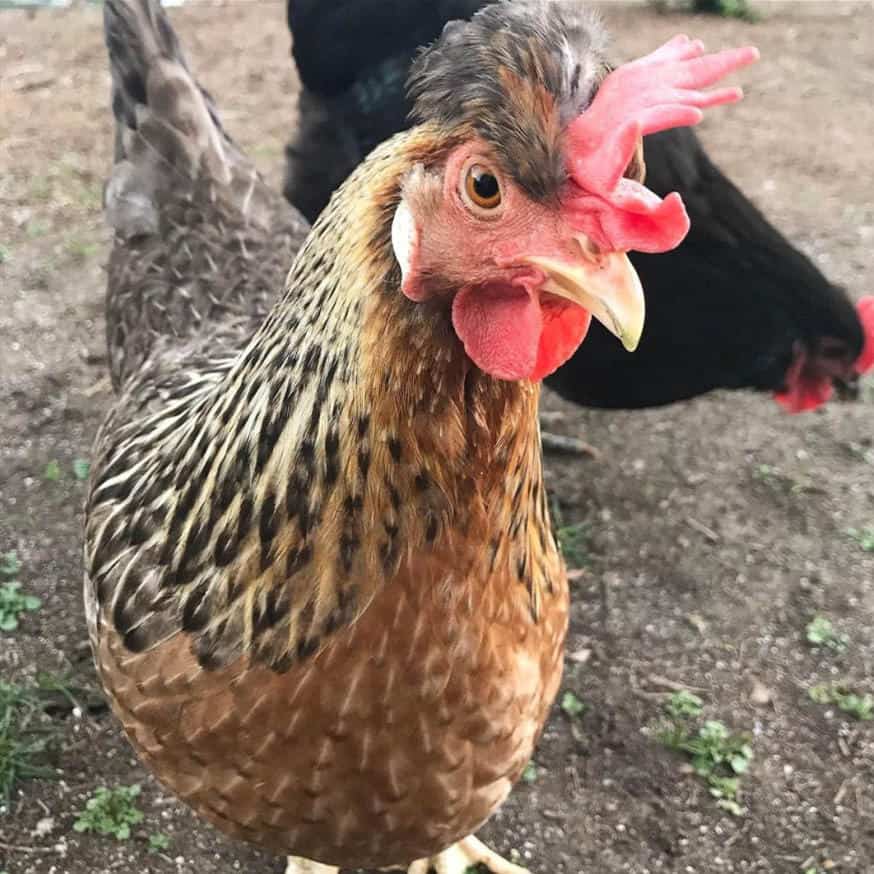
Your Cream Legbar Chicken flock can be pretty independent, but they still need the regular care that most flocks do to stay healthy and productive. Remember to check and clean their water supply on a daily basis in addition to keeping their food supply regularly stocked.
They may need less during better months for foraging, so record-keeping could come in handy here. Keep an eye out for molting too, as your birds need extra protein during this time for promoting healthy feather growth. Remember to collect eggs daily as well for freshness and consistency.
Most importantly, get to know your flock. Observe them daily for changes in behavior or appearance. Your chickens should be energetic with bright eyes and smooth feathers.
Remember, this is a vibrant and curious animal. If you see a lack of energy or excess conflict in your flock you should take action for the overall health of your flock.
One of the best attributes of the Cream Legbar chicken is her strength and health, but you should keep an eye on the crest feathers of your hens.
These can be the site of mite and lice infestations which would need attention. There are easy fixes for this common problem even if you do encounter it.
From Chick to Chicken

It is a real joy to see recently hatched chicks in your coop, and raising Cream Legbars is not particularly demanding. This breed has the serious advantage of auto-sexing, so you can separate the males and females as soon as you choose.
The males have a lighter appearance and a bit of yellow on their heads, while the female chicks are darker in color with some striping on their backs. The popularity of this chicken continues to grow, so you might even find a profitable market locally for the sale of your chicks.
Regarding their feed, your flock will forage whenever possible but you also need to provide them with laying feed for peak productivity. Despite its enjoyment of foraging, this chicken does not need a large amount of space on the roost.
Your coop should provide about three square feet per bird in the coop, with about three times this space in the run. Your flock will even adapt well to staying full time in the run if you aren’t able to give them free range options.
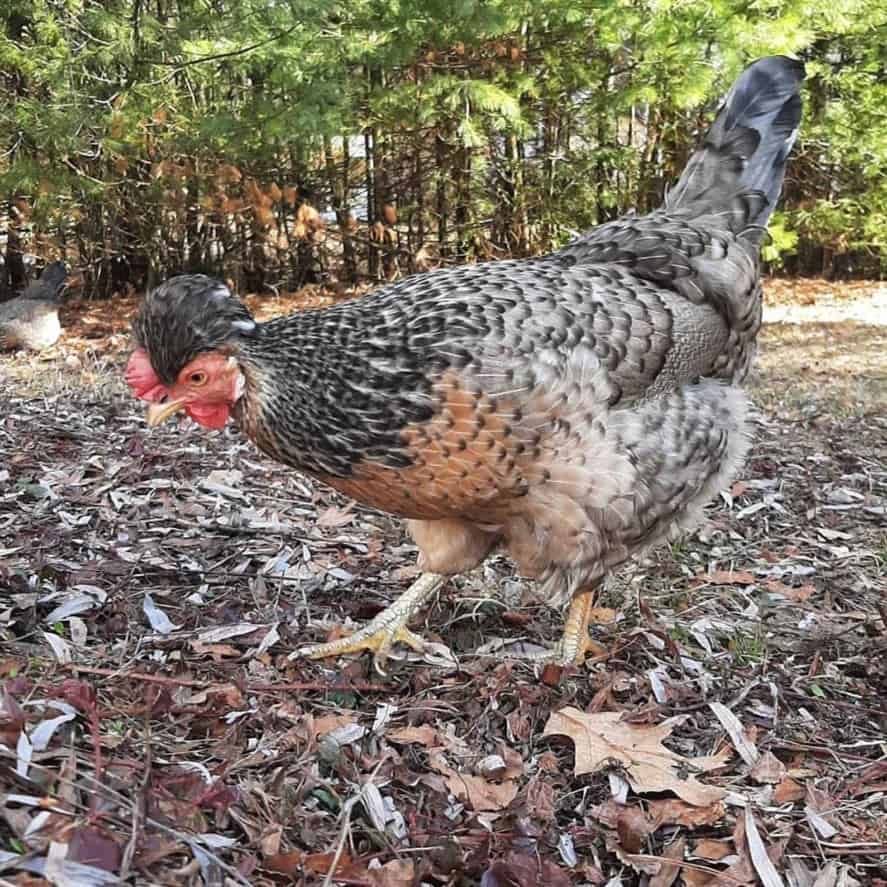
Some individuals do not react well to long-term confinement to the run and may need access to more space, however.
It is worth mentioning that the Cream Legbar Chicken does not always integrate well with other breeds in a flock. As they are smaller birds, they can become a target for more aggressive breeds, so if you are adding them into an existing flock be sure that your current birds are not aggressive.
Safety can also be an issue for juveniles, as one peck to the head from an adult bird can cause serious damage.
The Verdict on the Cream Legbar
With the rising popularity of this chicken breed, they may soon gain status as an American Poultry Association(APA) breed, but for now, they are not recognized for showing. They do have this status already in the UK.
Despite this drawback and limitation on 4H involvement, the Cream Legbar continues to gain a reputation as a low-maintenance chicken that consistently provides beautiful pastel eggs for your kitchen.
The Cream Legbar Chicken is well-adapted to farms with plenty of foraging space or suburban spaces for backyard flocks. Given the quality of this chicken and its productivity, it can be more expensive to establish a flock when compared with other breeds.
Less expensive chicks are available but may not have the crucial element of auto-sexing.
Today the Cream Legbar even has its own club. This club works to build awareness of the breed, to gain APA acceptance and to build a community around the appreciation of this unique breed. The Cream Legbar is a standout among chickens and is sure to gain more popularity in the U.S. and abroad.
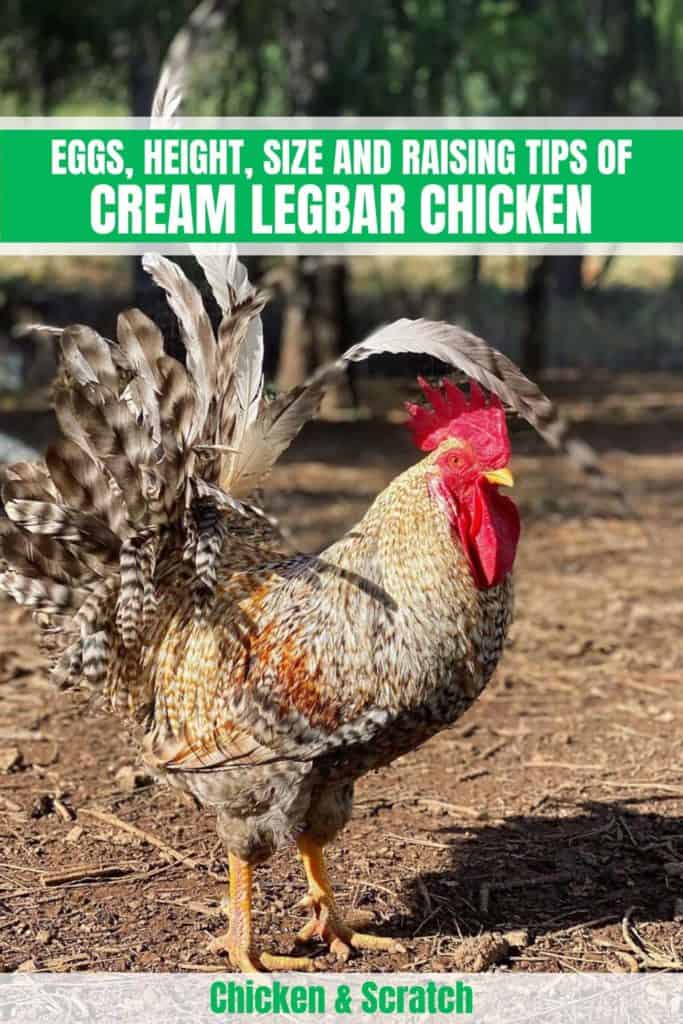

Joseph Hudson has been raising chickens for over 15 years. In 2018, he completed the Agriculture & Natural Resources program at Mt. San Antonio College. He currently raises over 1400 chickens on his 7.5-hectare farm. He keeps sharing his experience on raising healthy and happy chickens on Chicken Scratch The Foundry.

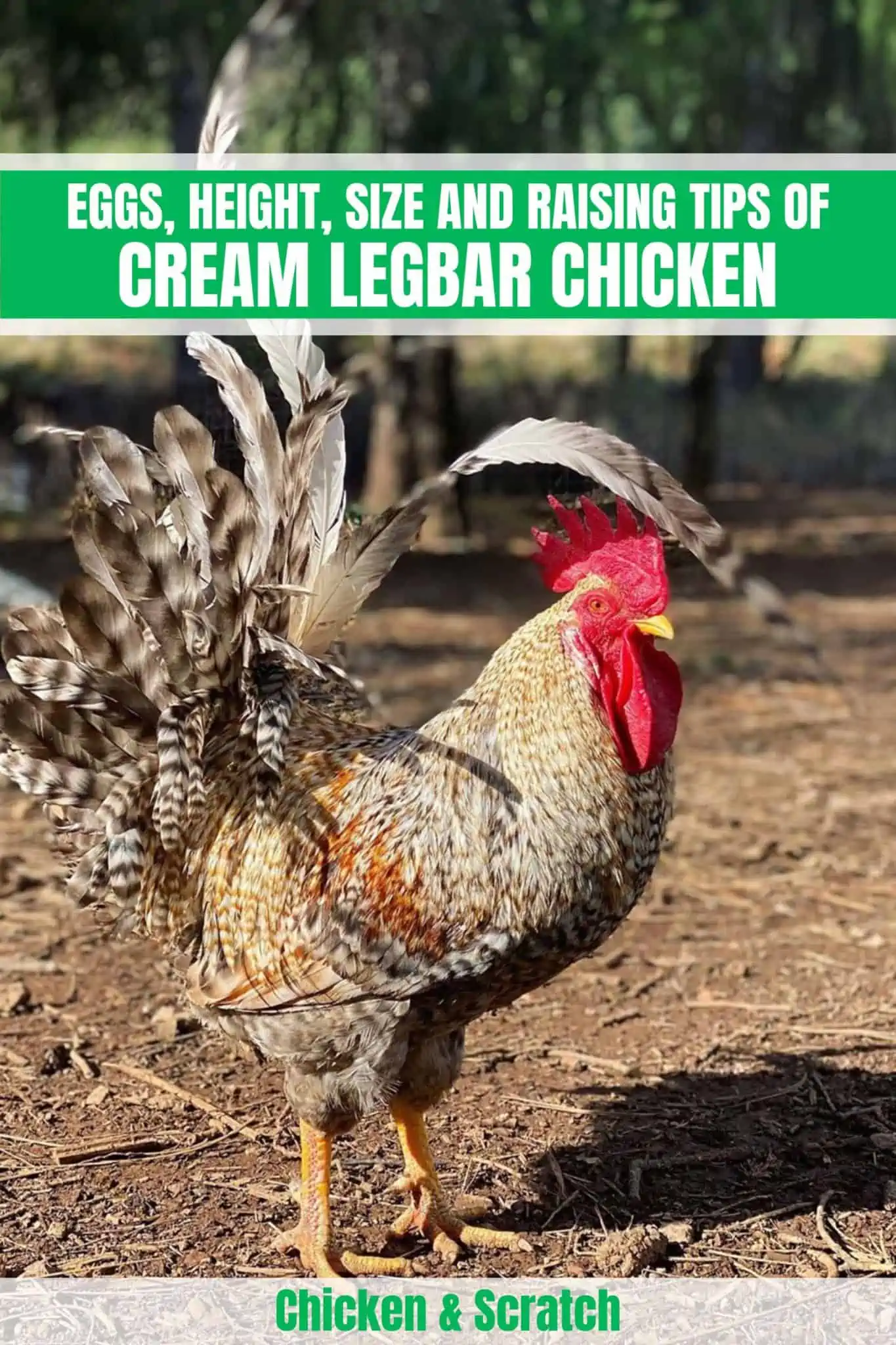







Where are you located? I’m in North Texas. I’m just hoping you are close enough so I can purchase some Legbars from you.